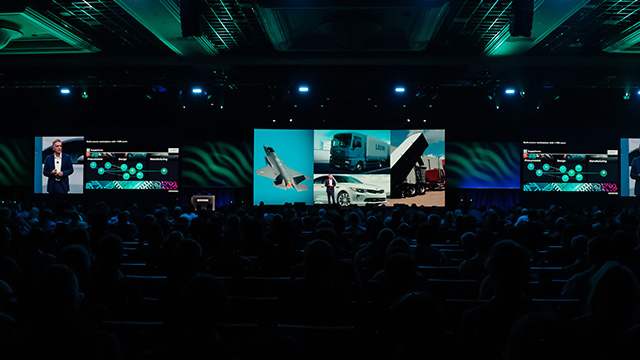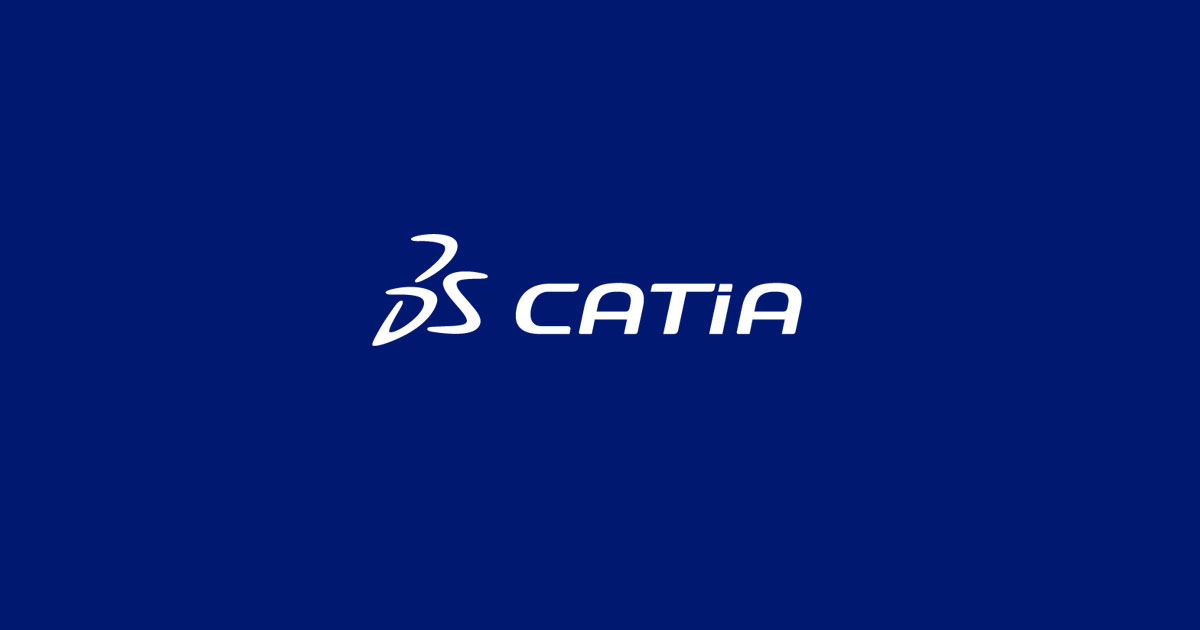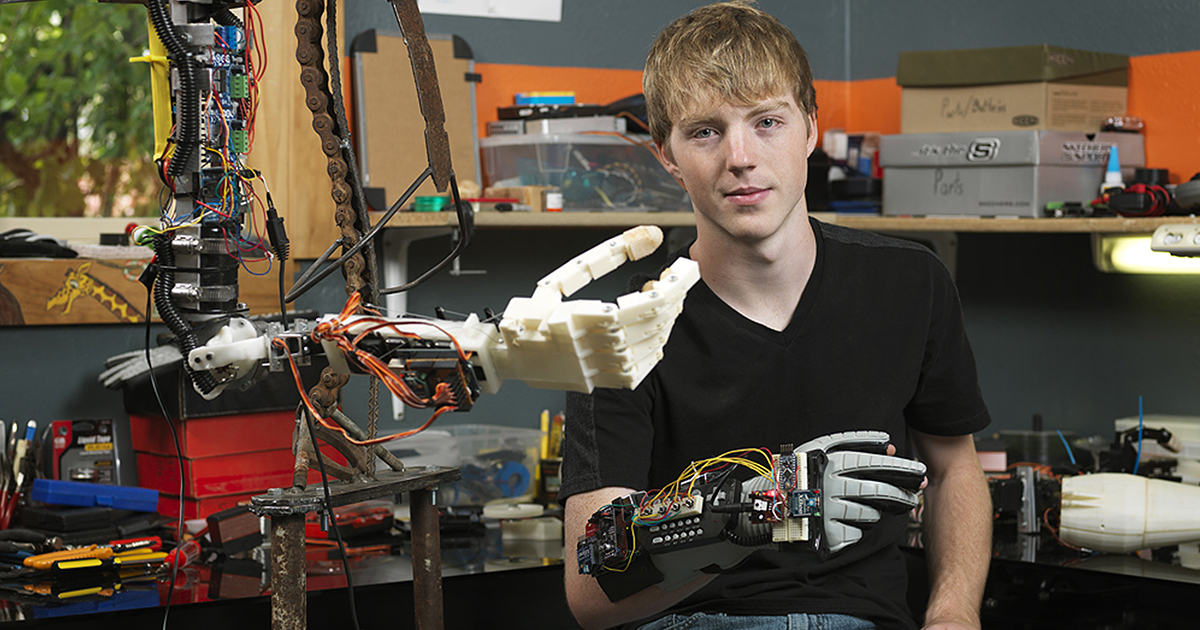Mechanical CAD Software for Hobbyists and Garage Startups

Prerequisites- None
mechatronics.studio does not receive any compensation or affiliate bonuses from any of the software companies described in this article. This is an independent review.
Mechanical CAD Software evolves regularly. I will work to keep this article updated as new and interesting options enter the market. Updated- July 20, 2023.
Historical Context
Before computers were ubiquitous, mechanical engineers used to design parts and machinery with pencil, paper, compasses, rulers, and protractors. This was called drafting. Engineers were taught to draft but drafting was so in-demand (and did not require engineering knowledge in and of itself) that some people made entire careers just out of drafting.

The process of drafting looks similar to illustration, but the product is not merely something that looks like the object being drawn. Instead, the product of drafting is a perfect and exacting two-dimensional drawing of the object to be manufactured. Rulers, compasses, and protractors helped keep scale correct, arcs circular, and angles accurate.
As computer interfaces matured in the 1950's and 60's, computer engineers realized that typical drafted geometries (lines, circles, arcs, and ovals) could be drawn faster and with more precision on a computer. In 1963, one of the first computer aided design software packages, Design Automated by Computer was released by General Motors and IBM. Early CAD software was strictly two-dimensional, meant to speed up and reduce the number of staff for conventional drafting. Digital drawings also require less physical space to store, and are easier to copy/backup.
In the 1980’s, three-dimensional computer design packages like CATIA and Pro-Engineer completely changed the industry. These tools allowed engineers to design in three dimensions and the computer was left to do all of the tedious work of drawing.
Today, the modern MCAD software package (Mechanical Computer Aided Design) does so much heavy lifting that engineers can do most design, modeling, and drawing work themselves.
Capabilities of MCAD Software
Modern MCAD software has a distinct required feature set for use in engineering:
- Parametric Solid Geometry Engine: Flat sides should be flat and circler arcs should be circular. To within 0.000001" or better. The only practical way of accomplishing this is with a geometry engine that stores the actual native geometry (arcs, curves, cylinders, etc.). Many packages store only approximations of the geometry (lines and polygons). These will not do.
- Feature Tree Modeling: A feature tree provides to the user a list of operations that were used to generate the model. Each operation is itself simple and primitive but the composite of all the operations produces the final model. A user can return to earlier parts of the tree to change the dimensions on certain part features without impacting the dimensions of other part features.
- 3D Modeling and Viewing: We have moved beyond the two-dimensional drafting days. 3D models permit a far more comprehensive assessment of the design.
- 2D Drawing Creation: 2D drawings are still the gold standard for the communication of tolerances and non-geometrical information (like materials, finish, heat-treatment, color, etc.). Some companies are moving toward putting this information in the model itself but it will be a long time before traditional 2D drawings are obsolete.
- Assemblies: It's one thing to design a single part and another thing entirely to design a car with 30,000+ parts. As a hobbyist or garage startup, your projects will typically be less than 1,000 parts. Parts should be modular and insertable into assemblies. Changing a part should cause instances of the part inserted into assemblies to also change. The part location relationships within assemblies, often called mates, should also adapt to changes in the parts (for example, if a hole changes in position, parts that are located in that hole should also change position).
- Neutral File Format Support: STEP files are almost universally the 3D neutral file format of choice. 2D drawings are almost always exported and shared as PDF files. Any modern mechanical CAD software must support export of both these formats. STEP file import is also critical to permit collaboration with engineers using different MCAD software.
There are also a number of nice to have features that improve the usefulness of MCAD software:
- Sheet Metal Modeling Tools: These features help engineers to model sheet metal bends, punching, and flat patterns. These features also typically account for stretch of the sheet metal during bending and help prevent the user from creating sheet metal parts that are impossible to manufacture.
- Plastic and Casting Modeling Tools: These features provide draft, ribs, shells, and draft angle inspection tools for designing parts to be manufactured in a mold.
- Surface Modeling Tools: These features are used to generate surfaces, typically for cosmetic geometry.
- Structural Member Modeling Tools: These features are used to speed up the design of structures and weldments out of standard beam profiles like I-beams, C-channel, and square tube.
- Computer Aided Manufacturing: These features allow users to generate tool paths to manufacture parts on computer controlled milling and turning machines.
- Structural Simulation: These features allow users to simulate the forces and stresses in their products during use.
- Thermal Simulation: These features allow users to simulate the transfer and distribution of heat in their products.
- Fluid Flow Simulation: These features allow users to simulate fluid flow physics in and around their products.
- Generative Design: These features allow users to create efficient load carrying structures.
- BOM Management and Metadata: These features support users' purchasing and manufacturing activities.
- Revision Control: These features allow users to version control and track the history of MCAD files.
- Direct Modeling: These features allow users to model by direct manipulation of the surfaces within a model, similar to shaping clay. Direct modeling is less structured than feature tree modeling and is popular with industrial designers.
- Scripting: These features allow automated geometry creation and interaction with MCAD software features via scripts.
- Rendering: These features allow photo-realistic depictions of designs to be generated for presentation and marketing purposes.
- Operating System Compatibility: Most MCAD software supports just Microsoft Windows. Support for MacOS, Linux, iOS, or Android can be desirable for those with workflows that use these other operating systems.
MCAD Software is Expensive
Though MCAD software is involved in the design and manufacture of nearly every product sold today, it is amongst the most expensive software on the planet.
Most MCAD software is owned by one of "the big four"; Autodesk, Dassault Systèmes, PTC, and Siemens. Over the last 40 years, these companies have mastered the art of customer lock-in and the recurrent subscription business model.
Today, MCAD software is typically sold as either a yearly subscription or large initial purchase followed by a yearly maintenance/update fee.
While some mechanical MCAD packages see regular and significant updates, most MCAD packages are mature. New features are iterative and trickle out slowly.
Though new features are typically small, MCAD software makers still release new software regularly (typically yearly) and with an ugly limitation. Files authored in newer versions of MCAD software typically can't be opened by older MCAD software. Migrating from one software to another is not practical (solid models can often be imported without the feature trees but native drawings typically don't transfer at all).
Choose your software wisely.
MCAD Packages Suitable for Mechatronics Engineering
Here, I provide a short review and cost summary for a number of MCAD packages used in the industry. I have used all of these software packages in various professional, personal, and educational capacities. They are listed in the order I would recommend them to a hobbyist or garage startup.
1. Fusion 360 [Autodesk]
(Full License: $550/yr | Limited Personal License: Free) [Windows & MacOS]
https://www.autodesk.com/products/fusion-360/
Fusion 360 has been around for roughly a decade but has only achieved parity with professional tools in the past few years. It is still in active development and for better or worse, Autodesk is still fiddling with the pricing and business model.
In my opinion, Fusion 360 currently provides the best value of any MCAD package. In addition to the required suite of MCAD features, Fusion 360 comes standard with some nice bonuses:
- Cloud storage and basic version control
- Sheet metal, plastics & casting, and surface modeling features
- Computer aided manufacturing
- Linear static structural simulation
- Direct modeling
- Scripting
- Printed circuit board design
Though expensive compared to the base package, extensions from \$500/yr to \$1600/yr can be bought for more advanced simulation, generative design, more sophisticated machining, change control, and PCB signal analysis. These are features that are either absent or multi-thousand dollar add-ins on other platforms.
Fuson360 is free for students.
There is a free personal version of Fusion 360 (for users generating <\$1000 per year) that limits the number of simultaneously editable files to 10; okay for those just getting started. Fusion 360 also has a generous free offering for startups developing hardware.
Because of the value and capability Fusion360 provides, Fusion360 is the modeling tool I use at mechatronics.studio for design and tutorials.
2. Alibre Design [Alibre LLC]
(Full License: \$999+$350/yr) [Windows]
Alibre Design first launched in 1999, a fully functional CAD software that prides itself on breaking away from the mold of the big four; I think they are quite successful.
I generally find Alibre's design software to be productive but a little dated. Alibre is not as forgiving for new CAD users; once created, some aspects of geometry (like sketch planes) cannot be modified.
The estimated cost is for the professional version, which is fully capable and includes some additional bonuses:
- Plastics modeling features
- Scripting
Sheet metal modeling and computer aided manufacturing can be bought as additional upgrades.
There is a basic hobbyist version for $199 called Atom3D; it's missing a lot of features. For someone brand new to mechanical CAD software, Atom3D is good enough to start learning but the missing features quickly get in the way of design work. Someone not familiar with MCAD may end up trying to work around Atom3D's limitations without realizing a more fully featured package is more appropriate.
3. SolidEdge [Siemens]
(Full License: $1000/yr | Non-Commercial: Free) [Windows]

SolidEdge is a great 'no-frills' MCAD software. Upgrades for simulation, CAM, and more advanced modeling features are available for additional cost.
The SolidEdge Community Edition is completely free for non-commercial use. If you are using MCAD for strictly hobby work and just need a solid MCAD software, I 100% recommend using SolidEdge. It might seem strange that I've rated SolidEdge #3. If your hobby grows into a small business, SolidEdge will be more expensive than Fusion360 or Alibre for similar functionality.
4. Solidworks [Dassault Systèmes]
(Full License: \$4200 + 1300/yr | Limited Personal License: \$99/yr) [Windows]
https://www.solidworks.com/product/solidworks-3d-cad
Solidworks is probably the most commonly used MCAD software, often referred to as the 'Honda Civic' of the MCAD world.
Solidworks is fully featured and flexible. The flexibility comes with sacrifices in speed and stability; crashes are common. Plastics, sheet metal, structural members, and basic surface modeling are all included. If you are looking to use and learn an MCAD package common in industry, you've found your match (though remember, industry trends can change).
The Solidworks Professional license includes Solidworks PDM for version control but requires IT expertise to install and maintain. Upgrades for simulation and CAM are very expensive.
The Solidworks for Makers programs allows hobbyists to subscribe for a very reasonable \$99/yr (products made using Solidworks for Makers can be sold for up to \$2000/yr in profit). However, there have been many complaints about license servers for this program; many claim it is outright unusable. There are watermarks and commercial version file compatibility issues with no established upgrade path for converting files from the Solidworks for Makers to a commerical license of Solidworks.
5. OnShape [PTC]
(Full License: \$1500/yr | Non-Commercial: Free) [Windows, MacOS, Linux, iOS, Android, ChromeOS]

OnShape differentiates itself as cloud centric mechanical CAD software; it is literally accessed from a web browser. OnShape also stores all your files on their servers.
OnShape is a fully featured MCAD package in the cloud.... and that's it. Sheet metal, plastics, structural beams, and surface modeling all included. For an additional cost, linear static structural simulations and change control can be purchased.
If you don't mind open-sourcing all of your designs and having them all shared with the entire world, there is a free plan. For me, this plan was a non-starter. The whole world doesn't need to see all my garbage and I want to share my designs to the beat of my own drum.
6. CREO [PTC]
(Full License: $3000/yr)

CREO is the flagship CAD software used by companies designing large and complicated products that aren't aerospace and automotive. Surfacing in CREO is very powerful, modeling tools are top notch, and CREO is extremely stable and responsive when working with large assemblies.
Simulation, computer aided manufacturing, and version control (CREO's version control is called Windchill and is amongst the most highly regarded in the industry) can be added in for additional yearly cost (these add-ins get expensive really quickly).
A large contributor to CREO's speed is its strict and inflexible modeling flow. Operations must be done in a particular order in order to be completed. Sketches and dimensions must be fully defined (unlike other software, CREO will forcefully define dimensions if they are not defined by the user). CREO's strictness means that it is a more difficult MCAD package to learn and use. Because CREO is not as popular with internet mentors as SolidWorks or Fusion360, it can be more difficult to find relevant help and tutorials.
Unless you are confident your hobby or garage startup is going to scale to products of high complexity (1,000+ parts), I would recommend using a more affordable MCAD software.
7. Inventor [Autodesk]
(Full License: $2400/yr)

Inventor was initially released in 1999 and competes most directly with Solidworks and SolidEdge. It is fully featured mechanical CAD software without any stand-out features to justify a higher annual cost. Simulation, CAM, and version control capabilities can be purchased as add-ons.
Inventor is free for students but I generally don't recommend Inventor unless you already have a large Inventor design library or anticipate significant collaboration with existing Inventor users.
8. CATIA [Dassault Systèmes]
(Full License: \$11,000+$2000/yr)

CATIA is used by aerospace and automobile companies like Boeing, Lockheed Martin, Tesla, Ford, and Honda. CATIA is designed to handle thousands of parts in an assembly and is often heavily modified by each company to suit their needs. The user experience of CATIA is not great; CATIA first launched in 1977 and it shows.
CATIA is meant to plug into an enormous ecosystem of enterprise software to design and manufacture extremely complex, expensive, and safety critical products.
The listed price here is for the most basic and feature bare offering of CATIA. Unless you have a very specific reason to be using CATIA, I would recommend a hobbyist or garage startup avoid this software.
9. NX [Siemens]
(Full License: $8,000/yr+)

NX is similar in capability and cost to CATIA; it is used by aerospace and automobile companies like General Motors, GE Aerospace, Nissan, and Mazda.
The listed price here is for the most basic and feature bare offering of NX. Unless you have a very specific reason to be using NX, I would recommend a hobbyist or garage startup avoid this software.
Computer Modeling Packages NOT suitable for a hobbist or garage startup's engineering work
In my opinion, none of the below software options are suitable feature complete MCAD packages. There are many situations in which these tools are very useful, but they will need to be coupled with fully featured MCAD software to obtain the minimum feature set.
The below list is organized by the tools' missing feature set, described in parenthesis:
FreeCAD, Shapr3D (missing assembly features)
OpenSCAD (exclusively script based interaction)
Rhinoceros 3D (missing drawing creation features)
Autodesk AutoCAD (3D modeling interface is poor and barebones)
Blender, Autodesk Maya, Maxon Cinema4D, Autodesk 3DS Max, Google Sketchup, Autodesk TinkerCAD, Maxon Zbrush (these software are build around mesh based geometry engines rather than parametric geometry engines).





